Driveway design: how to plan and choose the perfect drive
Boost your home's value and curb appeal with a well-executed driveway design. Here's how to get it right

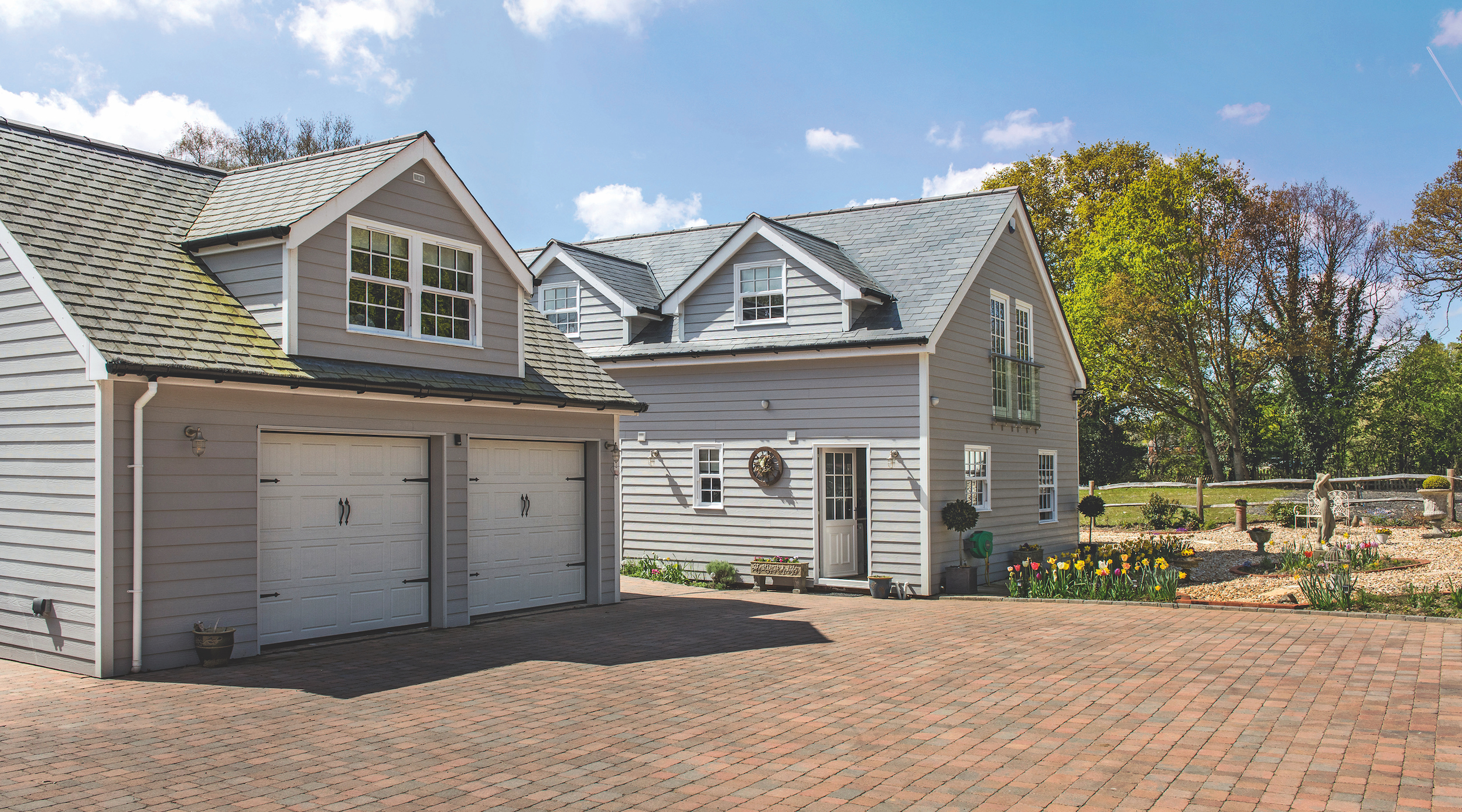
When it comes to driveway design, you need to think about more than making a place to park your car. The width of the drive, whether it's straight or curved, the materials it's made from and how it's edged will all add to your home's kerb appeal – and potentially add value to your property.
See more: Hiring an architect – how to get the right results when remodelling your home
There are important environmental and practical considerations, too. You'll need to think about drainage, as a permeable surface will allow rainwater to soak into the ground and provide moisture for plants and wildlife – at the same time, reducing puddles on the surface of your paving.
Materials like crunchy grit or gravel provide extra security as you can hear anyone approaching your home. And the colours and design you choose can complement the style and period of your home, or look sorely out of place.
We answer your questions to help you get your driveway design right.
What building codes and regulations should I follow?

If you’re building a new one rather than making driveway updates, instead of replacing an existing asphalt or concrete one, think about how much space you can spare.
Residential building codes in the US state that a driveway should be a minimum of 10 feet in width, with a smooth transition to the sidewalk or street. There will also be rules about the permitted turning radius in a curved driveway.
Design expertise in your inbox – from inspiring decorating ideas and beautiful celebrity homes to practical gardening advice and shopping round-ups.
Be sure to consider any regulations around minimum clearance heights and obstructions. Check your local codes for details.
In the UK, you will need to apply for planning permission to have the kerb dropped to allow you to drive easily from the road and across the pavement to your driveway.
What should I do about rainwater?
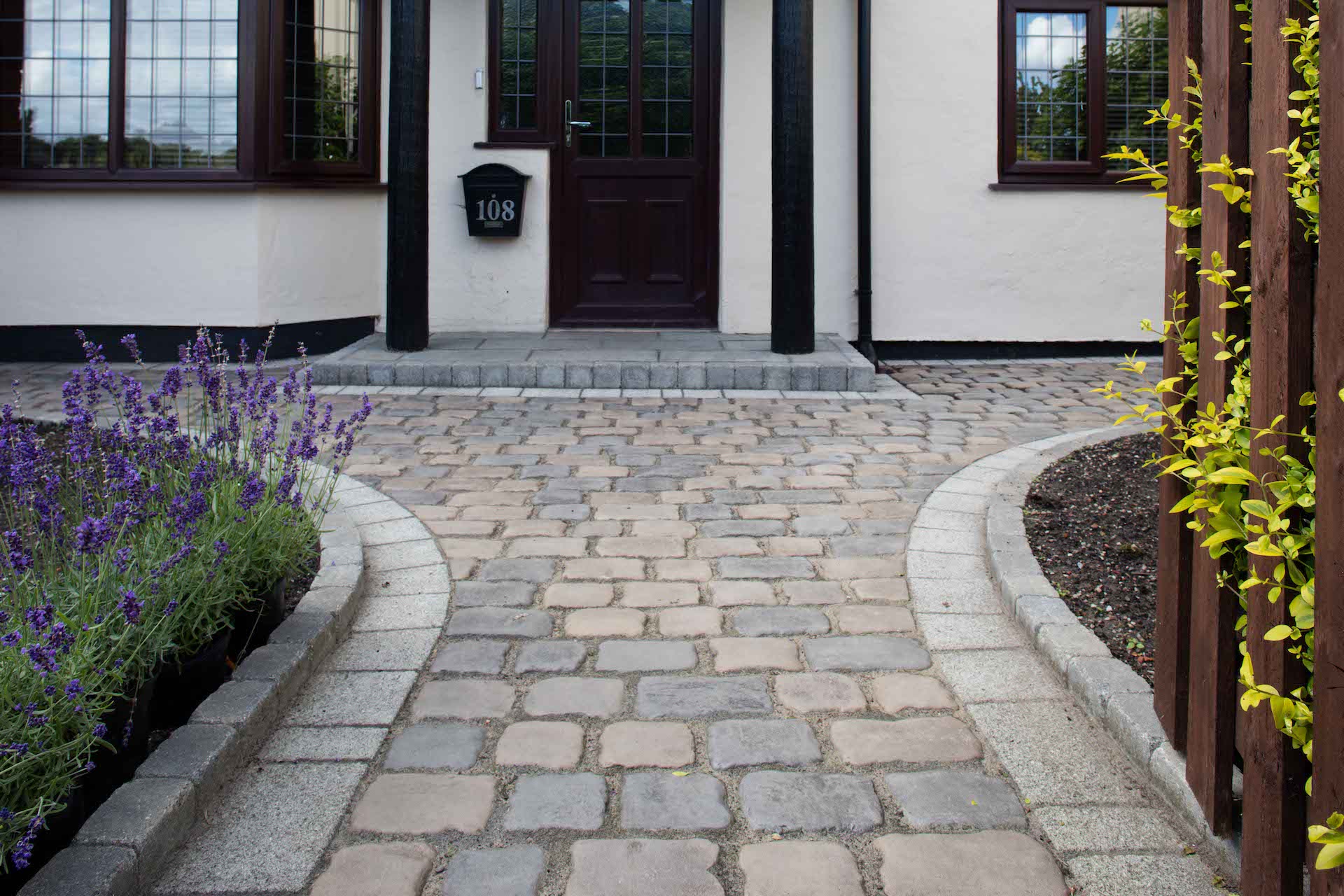
Building codes in the US state that the exterior of a property, including the driveway, should be managed to avoid soil erosion or the retention of stagnant water on the surface. You will have to either lay a permeable surface, provide a permeable drainage system within your property, or apply for planning permission to use a drain.
In the UK, permitted development rights that previously allowed homeowners to pave their front gardens without planning permission were changed in 2008, in order to prevent flooding and pollution of watercourses.
Permeable surfaces or permeable drainage systems allow rainwater to soak through into the ground below. This is not only good for flood prevention (as public drains won’t have to deal with excess rainwater after a downpour), but your garden will need less watering and you’re unlikely to step into a puddle on your driveway, too.
Do I need planning permission for my driveway?
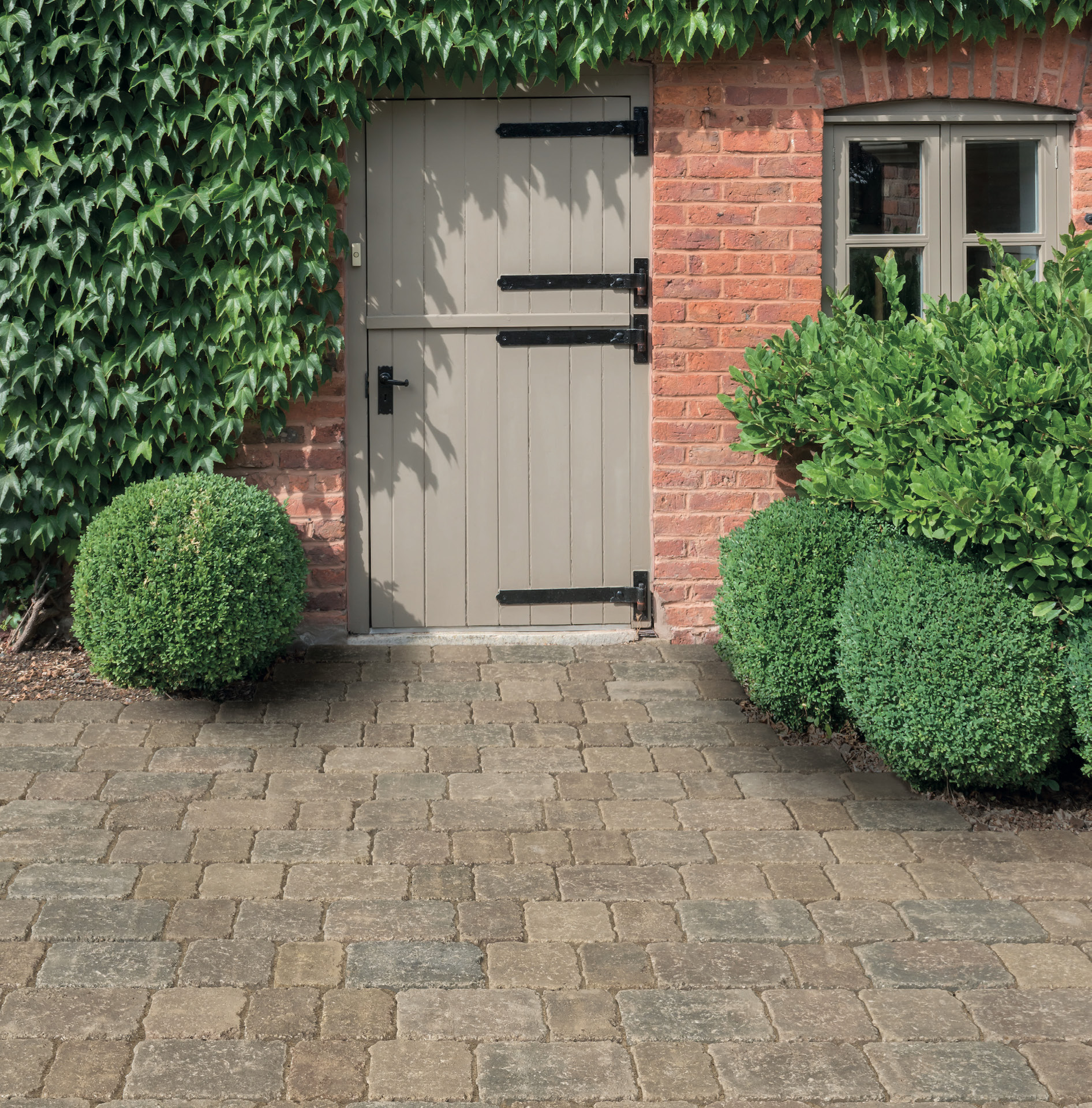
In the UK, you'll need planning permission for your driveway design if the surface area is more than five square metres and you’re intending to direct rainwater to a drain (whether on your property or public road).
An easier option that complies with current Sustainable Drainage Systems (Suds) legislation and doesn’t require planning permission, is to create or install a drainage system that directs rainwater to run into a permeable area, such as a soakaway. Marshalls’ Driveline Drain or Channel can do this.
Those who live in a conservation area, National Park, or Area of Outstanding Natural Beauty may still need to apply for planning permission to build a driveway. So if that’s the case, check on the Government’s planning portal.
What is a soakaway?
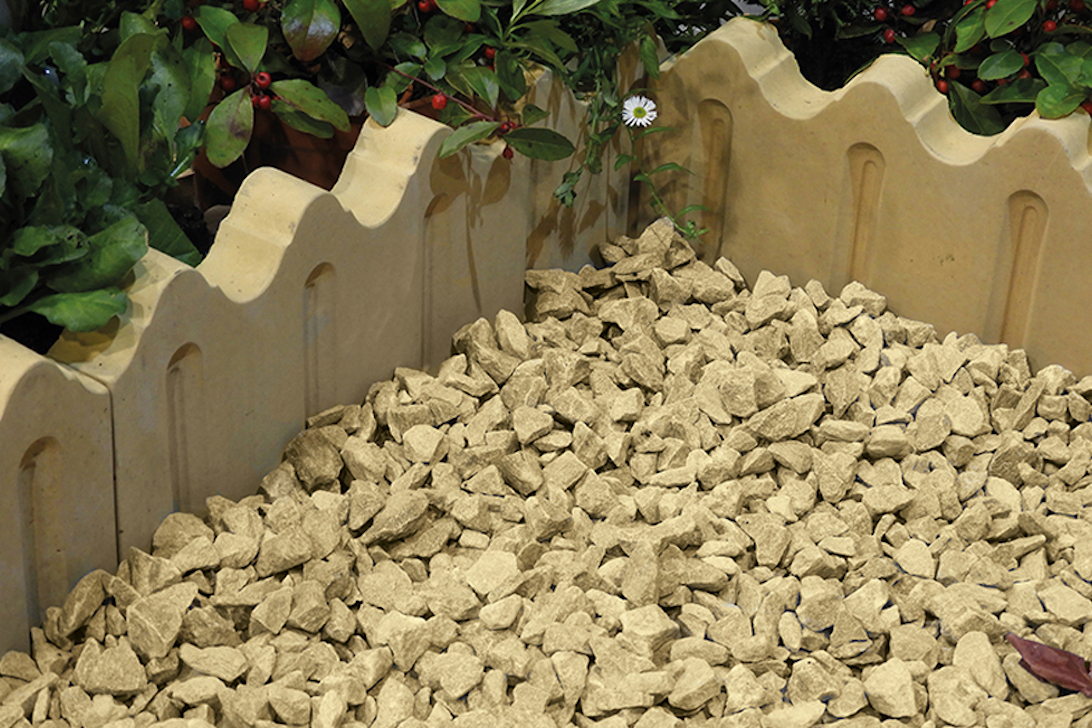
A soakaway is a hole dug into the ground that is then filled with coarse stone and rubble. It allows water to filter through and soak back into your lawn or flowerbeds. It can be covered with suitable plants, gravel or cobbles and turned into a decorative feature. Your installer can advise where to locate it.
Which surfaces are permeable?
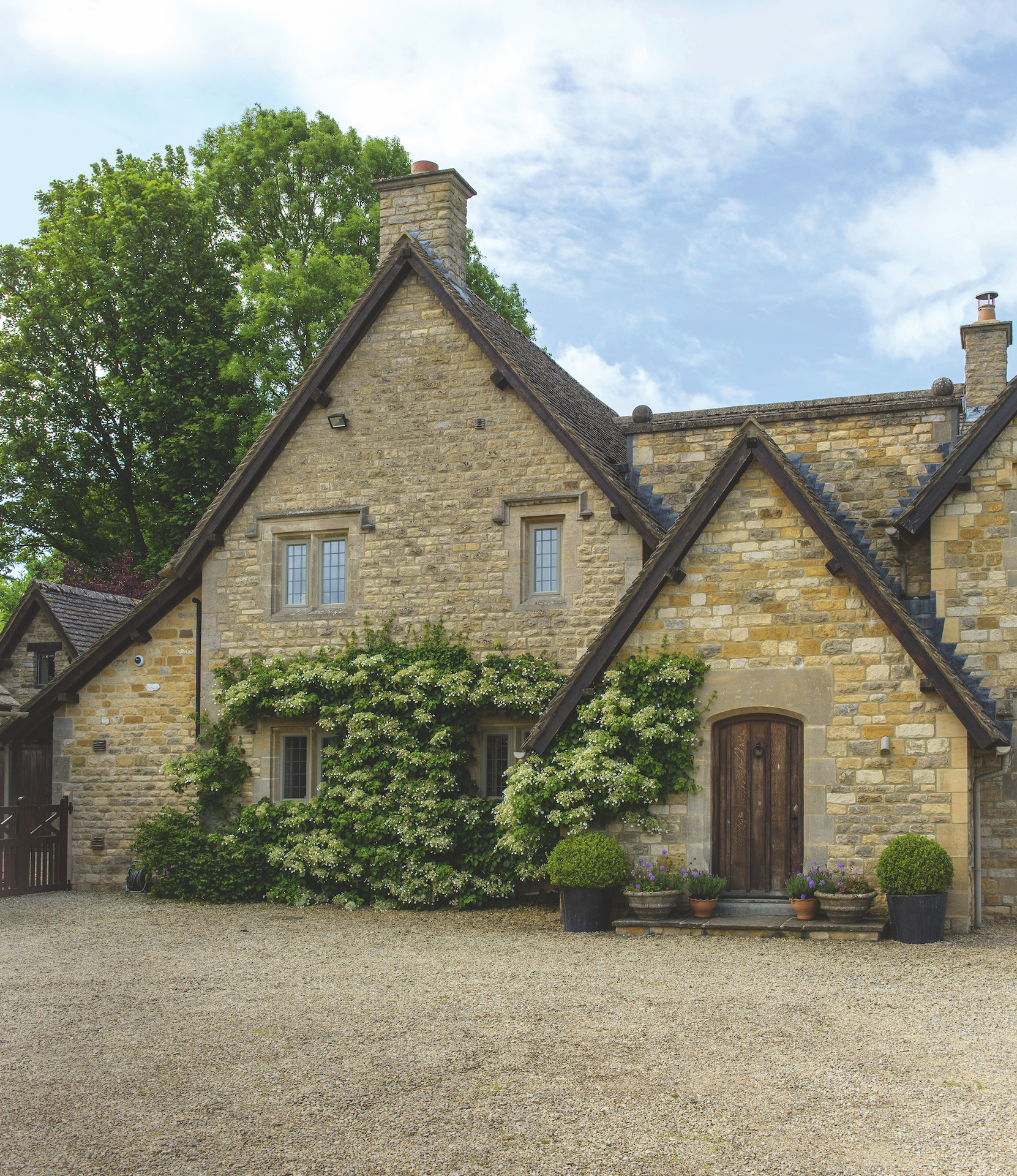
Gravel (or aggregate) is a popular choice and the one most associated with country houses. It’s good for drainage, as rainwater will seep into the ground below. The scrunch factor will alert you to visitors (welcome or otherwise), so it’s good for security and it’s one of the least expensive options, too.
Companies such as Stone Warehouse offer a huge choice of stone aggregates, from pale limestone and yellow shingle through to red granite or black basalt, and even recycled slate.
‘Fourteen to twenty millimetre gravel is best for drives, as anything smaller may get stuck in tyre treads, and angular stones bed together better for a smoother surface,’ says Sue Jackson, manager at Stone Warehouse. ‘It’s worth using a gravel grid to keep the stones in place, but you may still need to sweep or top up the gravel from time to time.’
Permeable paving is a good option if you like the look of traditional paving, as it’s specially developed so that surface water can pass between the blocks into a sub-base and drain away naturally, so you won’t need to install a drainage system. Marshalls and Stonemarket have a choice of colours and sizes, as well as coordinating edgings and borders, much like traditional paving.
Resin bound permeable driveways are manufactured from natural aggregate and bound in resin so it’s a neater alternative to gravel as the stones are not loose. It’s a pricier option and will need maintenance, but can be laid over an existing asphalt or concrete driveway and comes with a 21-year guarantee.
What are the options for hard surfaces?

Block paving can be laid in different patterns and formations to suit the style of your home. It’s made from concrete, clay bricks or natural stone and is available in various tones and textures, from greys and blacks to sand and red brick hues, with finishes from smooth to sawn. The blocks can vary in size from around 10-500mm and are a budget-friendly option.
Cobbles and setts are often made from natural stone (although some are made from concrete to resemble stone) and can have riven, sawn or tumbled surfaces for an antique or timeworn appearance.
It’s more expensive than block paving but can provide a characterful entrance to a period country property. Paving slabs will need to be a minimum of 50mm thick to withstand the weight of a car, and may need a sub-base, so check suitability with the supplier. All of these hard surfaces can be easily maintained with a regular sweep and an occasional jet wash. But, seek specialist advice for oil spills, as treatment will depend on the stone or surface you choose.
What about the edges of my driveway design?

It’s not essential to have edging, but it will smarten the look and create a neat border. There’s a wide choice available, from traditional Victorian or rope-top style cast concrete, to timber railway sleepers or hewnstone kerbs. You can buy it from your supplier alongside your chosen surface material.
Do I need to hire a professional to lay a driveway?
It depends on the surface you choose, but for anything other than gravel, it is advisable. Most suppliers will be able to provide advice on installation.
How do I maintain a gravel driveway?
It's important to rake the gravel regularly to remove weeds and debris, and maintain an even surface.
Clear away any dirt built up at the edges of the driveway that acts as a dam to prevent surface water draining away.
Fix potholes by clearing away the gravel on the surface, filling the hole with aggregate and firming it down, then covering with gravel when the driveway is smooth and level.
How do I clean a hard driveway?
Hard surfaces can be easily maintained with a regular sweep and an occasional jet wash. But, seek specialist advice for oil spills, as treatment will depend on the stone or surface you choose.

Jennifer is the Digital Editor at Homes & Gardens, bringing years of interiors experience across the US and UK. She has worked with leading publications, blending expertise in PR, marketing, social media, commercial strategy, and e-commerce. Jennifer has covered every corner of the home – curating projects from top interior designers, sourcing celebrity properties, reviewing appliances, and delivering timely news. Now, she channels her digital skills into shaping the world’s leading interiors website.